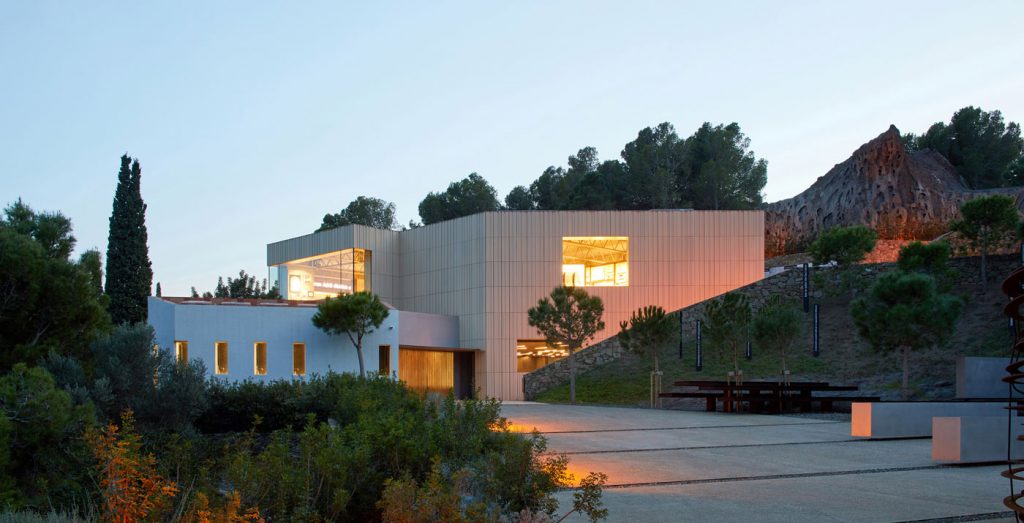
The legacy of the elBullifoundation goes far beyond gastronomy. During a team-building visit to the foundation’s facilities, we saw first-hand how its way of understanding knowledge and organizing the creative process can inspire many disciplines, including digital innovation and consulting in the construction sector.
The concepts of systems thinking and the Sapiens Method show how to structure complexity and turn it into useful innovation. This perspective helps us rethink processes and strengthen our drive to connect data, people, and technologies in an integrated ecosystem.
From systems thinking to BIM consulting
Systems thinking starts from the idea that every element is part of a broader whole and that value lies not only in the parts but in the relationships that bind them. At the elBullifoundation, this approach made it possible to order creative chaos and transform it into useful knowledge.
In construction, something similar happens: BIM models are not simple three-dimensional representations, but information ecosystems that integrate, for example, design, execution, sustainability, maintenance, operations, and safety. These ecosystems involve actors with different perspectives and objectives (development, operations and maintenance, sustainability, health and safety, etc.). As in El Bulli’s creative process, the key is to establish a structure that enables each stakeholder to contribute the best of their domain without losing overall coherence.
Applications of systems thinking
Protocols for public administrations
In the public sphere, a BIM guide or strategic document issued by an administration sets a common framework to manage complex processes with shared criteria. This facilitates coordination among multiple actors and objectives and aligns expectations across the project lifecycle.
Information management
Placing information management at the center—traceability, standards, roles, and workflows—allows you to describe not only the final asset but also the process and its dependencies. This systemic view anticipates changes, minimizes risks, and improves integration across disciplines.
Lifecycle
Adopting a lifecycle perspective (design–construction–operation–deconstruction) helps reduce energy use, emissions, and water demand, and optimizes costs and maintenance. Systems thinking connects project decisions with long-term asset management and user quality of life.
The Sapiens Method and structured innovation
One of the most powerful legacies of the elBullifoundation is the Sapiens Method, which proposes classifying and connecting knowledge to understand it holistically. In the construction context, this approach helps organize scattered data, establish common criteria, and move toward digital twins that represent not only the form but also the behavior of buildings and infrastructure.
In practice, the Sapiens Method reminds us that innovation is not improvisation; it’s about building a systematic framework so creativity can unfold with purpose and utility.
From the culinary lab to the construction lab
Systems thinking and the Sapiens Method invite us to understand the construction sector as an integral, living process. Both in El Bulli’s kitchen and in BIM consulting, structuring knowledge and applying a systemic vision are key to addressing complexity with rigor and turning it into value.
At Coloma+Armengol (C+A), we work to apply this perspective in every consulting, digital innovation, and sustainability project, understanding that the construction and operation of infrastructure are part of interconnected ecosystems.